
Garden designer and nurseryman Jamie Butterworth, who helped create Monty Don’s Dog Garden at this year’s RHS Chelsea Flower Show, has been a renter all his adult life.
The 30-year-old newlywed Chelsea gold-medal winner, owner of nursery Form Plants, moved a month ago to a rented house in Windsor, which has a courtyard back garden measuring 2m wide by 5m long and a similar amount of space at the front.
“I’ve always been a renter,” says Butterworth, author of What Grows Together: Fail-safe Plant Combinations For Every Garden.

“Pretty much every rental property I’ve ever been in has been either gravel or paving. We have sun in the front garden but not the back garden and it’s all paving with no soil border. I imagine when you’re renting, most landlords will pave the area because it’s easier for them to maintain.”
“One of the barriers to gardening as a renter is that you’re only going to be there for a certain time so what’s the point in bothering?” he continues.
“But you can make it an amazing space and having any greenery will help improve your life vastly and actually, it doesn’t matter whether it’s one pot or 20, or how big or small your space is.”
He offers the following tips on how renters can make the most of their outdoor space.
Adapt to the rental timeframe
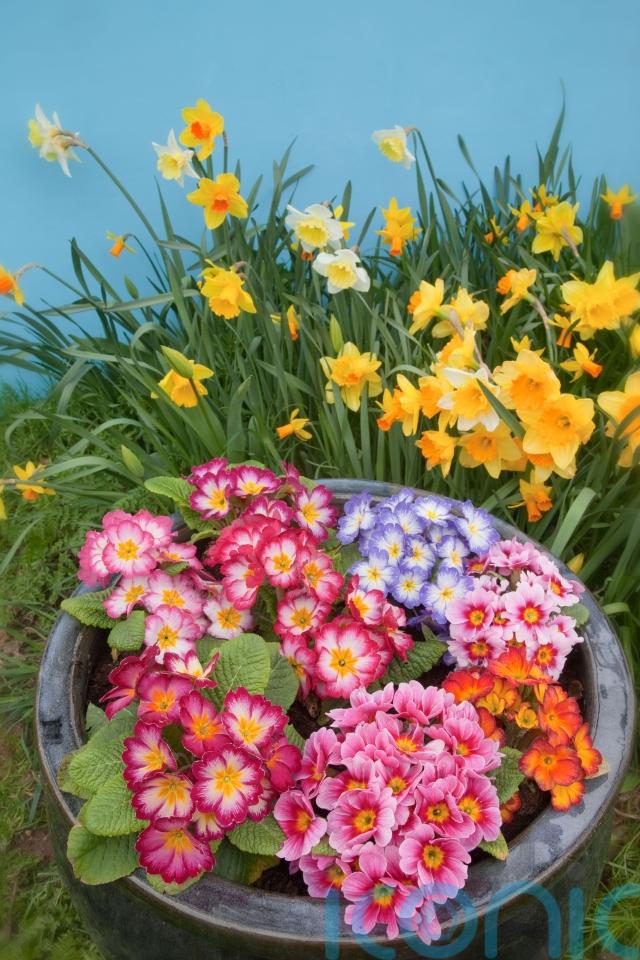
“You’re normally on a 12-month contract, so you never quite know what’s going to happen beyond those 12 months. You have to adapt the way that you consider gardening.
“It’s more in the moment and enjoying the space that you have for the time that you have it and considering the fact that you might need to move at some point, which for most gardeners is the opposite of what you would normally do.”
Consider when you’ll use the space

“Your space is quite limited so it’s important to consider what you want the space to do and when you are going to be using it.
“For example, I’m always at Chelsea in May, so from the second week of April until the end of May or beginning of June I’m not at home that much, so I don’t tend to grow many plants that flower in and around late spring.
“There’s no point having a garden that looks its very best when you are not there.
“If you tend to go away for the summer holidays, you probably don’t want the border or containers full of summer-flowering plants.
“Likewise, if you’re not the biggest fan of winter and you’re not going to use your garden much in the rain and the cold, then you don’t need to buy that many winter combinations. You need to be more considered.”
Use outdoor rental space as a display

“Embrace the fact that it’s almost more of a display than it is a garden. That’s the big adjustment. When you’re renting, you can have huge amounts of fun. If you love cooking, grow lettuce and tomatoes and quick crops which you can do in a season. If you love cut flowers, cut what you’ve grown and bring them in.
“My experience of renting is that it’s a space that you have to accept might not be yours forever, so you’re not going to plant too much into the ground. Just adapt how you can consider the space and what you’re growing to that.”
Think about soil borders
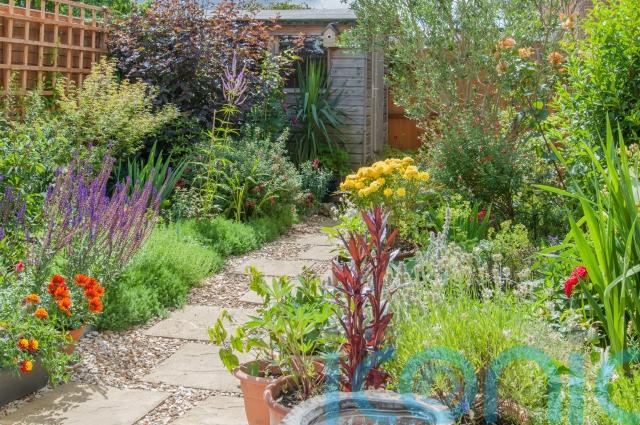
“You have to accept that whatever you plant in borders you are unlikely to be able to take with you to the scale that you would if you used containers.
“I would grow plants that I could propagate to take with me, for example grasses like miscanthus and herbaceous perennials. I wouldn’t ever plant a tree in the ground in a rented property because you will have to say goodbye to that tree at some point.
“Just remember that if you plant a border and it is floriferous and great and brilliant, you are fundamentally always going to struggle to take it with you.
“If it was me, I’d take some cuttings of perennials like Salvia caradonna and root those, if it was cosmos, I’d take some seeds with me. If you have ornamental grasses or clump-forming and shallow (rooted) plants, maybe I could take some clumps of it with me as well. But fundamentally you’re enhancing somebody else’s space.”
Consider climbers
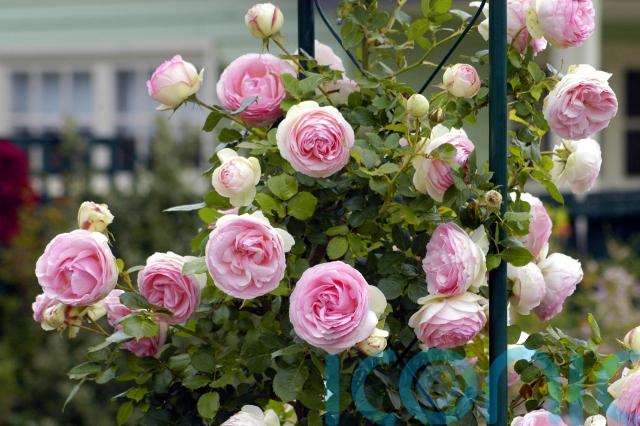
Some climbing plants will be easier to move than others at the end of your tenancy, he agrees. If you can be bothered to check the precise pruning group of your chosen clematis, then fine, but those who want an easier option may be better off with roses, which you can cut back hard if you are moving, he offers.
Also, be mindful that you’re not going to be allowed to start drilling holes in your landlord’s outside wall without permission, which may leave you unable to erect trellis.
To hide ugly walls, consider planting taller shrubs such as osmanthus which flowers in the winter, is beautifully scented and will break up an eyesore, he suggests.
Pick a potted tree
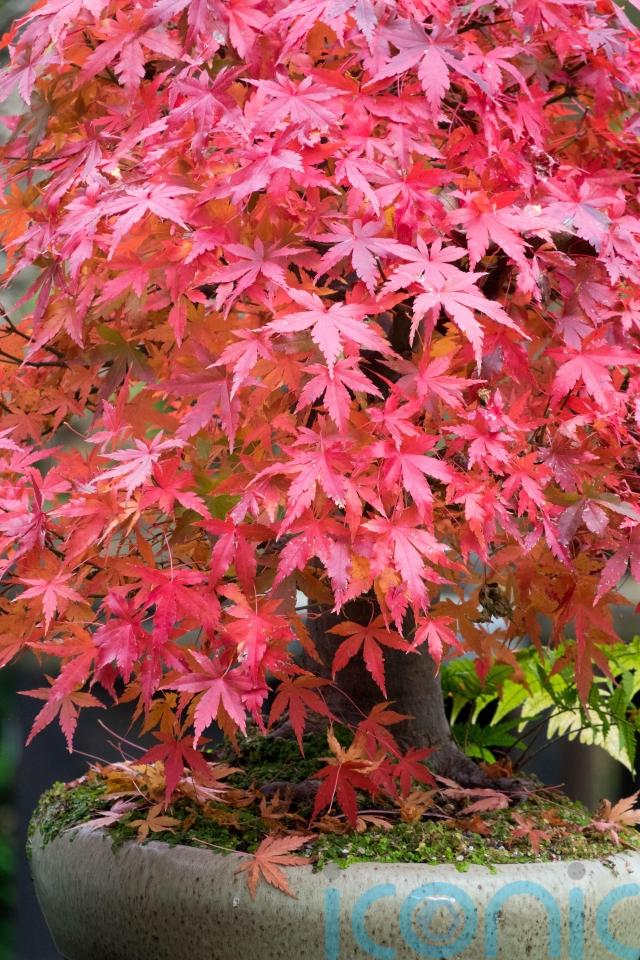
“All trees are portable. Imagine if everyone puts a potted tree in their garden, you’d have a community arboretum,” he enthuses.
“You can buy trees for not very much money if you buy them small and there are sensible trees you can grow like Acer griseum, which has this lovely bronze peeling bark, planted with something simple like a fern, a dryopteris with a bronze tinge.
“Amelanchiers are very sensible-sized trees which flower in March and April, produce berries in June and the structure of the trees themselves, even when they lose their leaves, is still going to add interest.
“Some of these sensible-sized trees are more than happy in a pot. I have trees which are 12m tall at my nursery in pots and they’re fine. Granted, you need to water them a little bit more and they will need a bit more food than they would in the ground, but you can take it with you.”
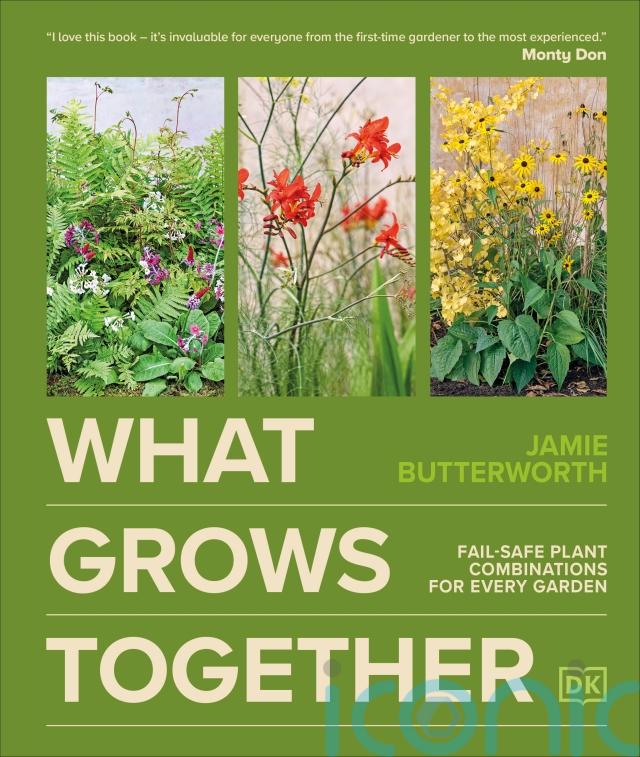
What Grows Together: Fail-safe Plant Combinations For Every Garden by Jamie Butterworth is published by DK, priced £22. Available now
Subscribe or register today to discover more from DonegalLive.ie
Buy the e-paper of the Donegal Democrat, Donegal People's Press, Donegal Post and Inish Times here for instant access to Donegal's premier news titles.
Keep up with the latest news from Donegal with our daily newsletter featuring the most important stories of the day delivered to your inbox every evening at 5pm.